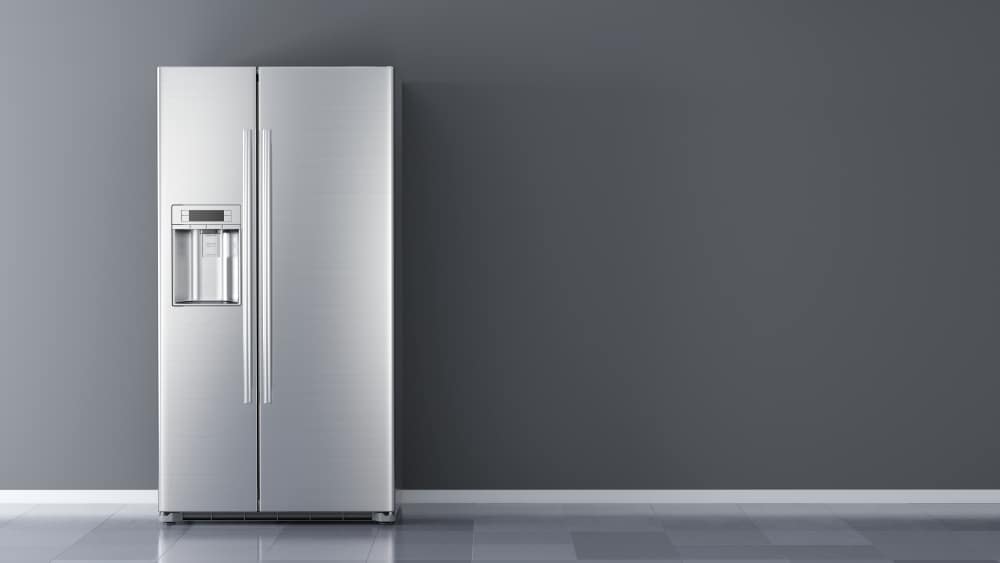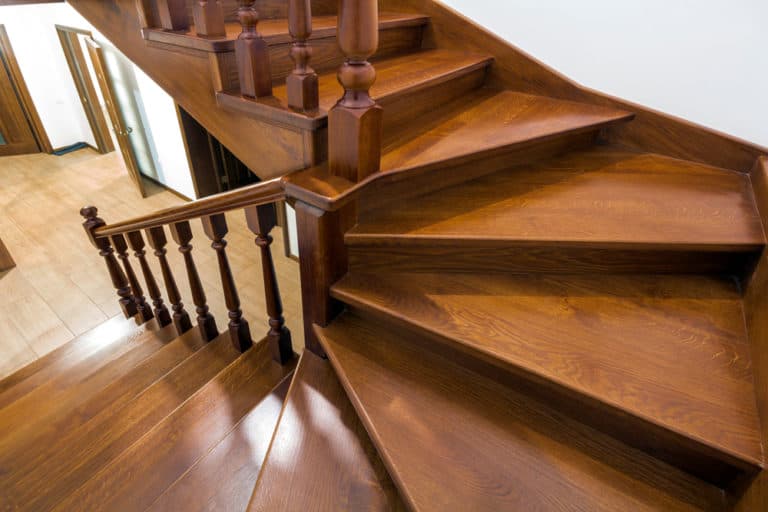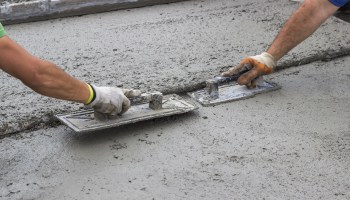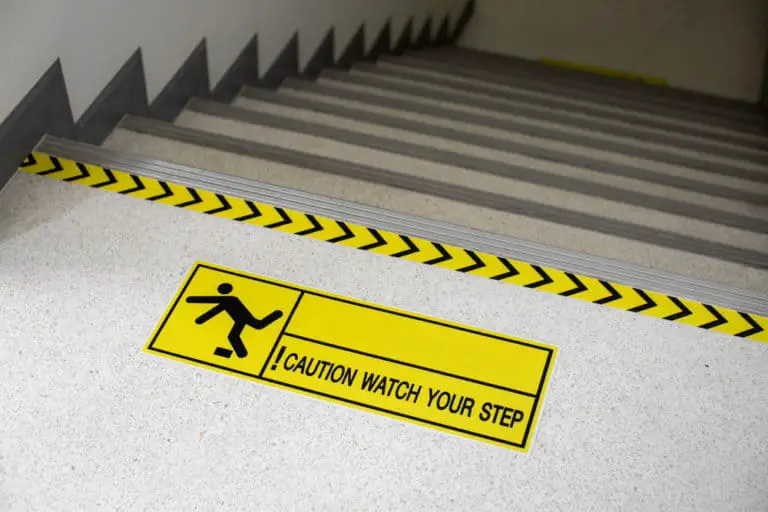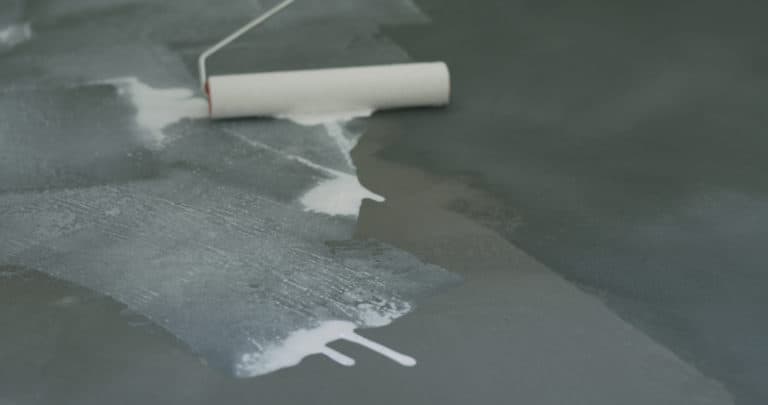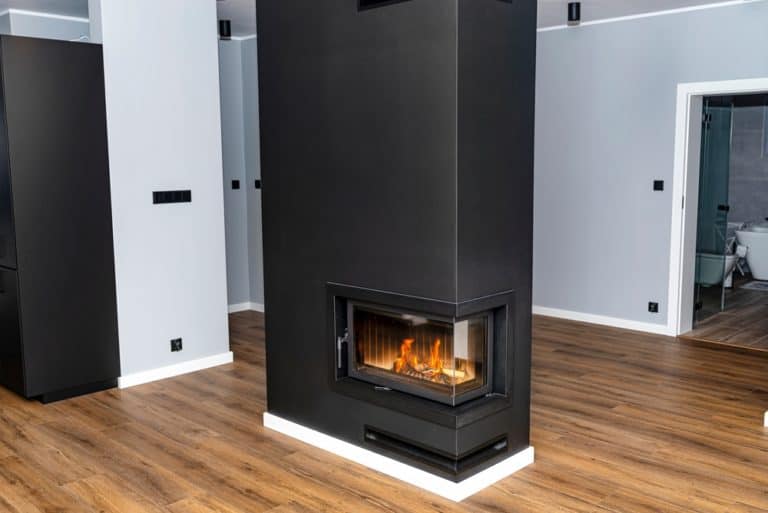What Is The Best Flooring Under A Refrigerator?
If you’ve ever had a wooden floor or even carpet flooring in your kitchen, you might know how it feels when your refrigerator starts to leave marks and dents in the. It’s not always aesthetically pleasing as well as the damage it can do to your floor. So, what is the best flooring under heavy kitchen appliances like refrigerators?
You can mitigate the damage a refrigerator can do to a kitchen floor by placing plastic cups, Masonite or pieces of carpet, under the refrigerator’s points of contact with the floor. However, if you’re looking at a more dynamic flooring that aids moving your refrigerator, then an interlocking track system is possible.
There are many options you can take to help prevent any damage to your kitchen floor caused by a refrigerator, either leaking or just purely from its weight. We explore some of these below.
Flooring Under Refrigerator
Refrigerators are heavy kitchen appliances that cause damage to floorings such as wooden floors, carpeted floors, and laminated wooden floors. The damage doesn’t necessarily have to be just based on the weight that causes cracks, bumps, or bubbling to occur on the floor. It can also be from water that might’ve leaked from the appliance.
That’s why many people tend to put something underneath their refrigerators to try and preserve the flooring below. It can range from putting soft plastic or rubber cups on the footing of the refrigerator to ease the damage onto the flooring from its weight or perhaps putting a secondary flooring on top of the main floor so that the refrigerator can rest on it.
The most well-known, easily accessible, and cheaper options are the rubber cups that sometimes come with refrigerators and can be placed onto their feet. These cups won’t damage the floor but can still, over a long period, leave a small mark on your floor. The mark is either created from the rubber/plastic itself or by an extended period of heavy pressure applied to one small area.
The only problem with these cups is that they don’t protect in case your fridge leaks. So, people tend to look at other forms of flooring such as Masonite boards, perhaps really thick cardboard, or even laminated flooring. These are more robust and if flooring will blend in with your original floor.
Having a large spare section of flooring underneath the refrigerator will both aid in preventing the weight from leaving marks on the floor, and in case of a leak, it will first leak on top of this layer before reaching your existing floor. It prevents staining from occurring or, worse, your original floor from starting to rot/decay from water damage. It is much cheaper to replace this second layer than to replace a whole floor.
Flooring Options
There are undoubtedly a few flooring options that are more popular. However, the question arises if they can withstand the weight of heavy appliances and can take any water spills. For instance, tiles and vinyl planks—both of which are great options that are durable and can last for years if taken care of properly.
Vinyl planks are made up of a mixture of heavy-duty plastics with pigments added to make them look like wooden planks or even tiles. This mixture of plastic-like PVC is thoroughly mixed through heat and then pressed into shape by a mold to form its aesthetic look.
Each vinyl plank can hold up to 500 pounds, perfect for heavy appliances or furniture. Its durable and long-lasting life makes it for any homeroom and can be easily cleaned as well. Under immense weight, it won’t crack or split like normal wood. On top of that, the vinyl planks are resistant to scratches and scrapes.
Tiles have been around for centuries and will still be around for many more years to come as a flooring choice inside or outside of a house. Tiles are very solid, meaning that any heavy appliances or furniture won’t be a problem. As long as you don’t drop something heavy onto the material, it won’t crack or break the tiles.
Therefore it is advised to take precautions when moving heavy objects around a tiled house. For example, don’t slide or drag any appliances along with the tile as it could scratch it or crack the tile. Tile materials have multiple options, like ceramic/porcelain, natural stone, vinyl, and stained concrete. Which you prefer is down to preference and the size of your wallet.
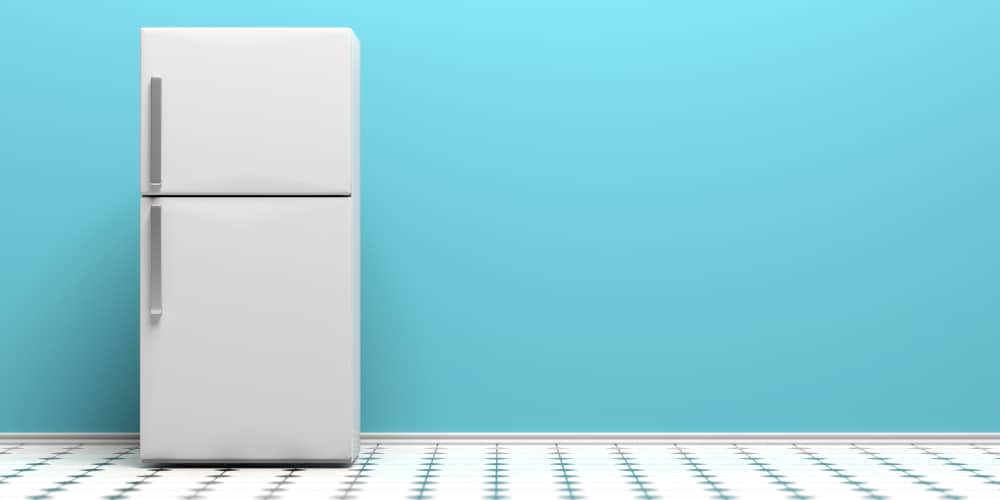
Other Methods
Though flooring choices can help a lot in preventing damage from heavy furniture or appliances like a refrigerator, there are other steps one can take to prevent damage to your flooring. Such as furniture pads that are placed onto appliances or furniture’s legs.
There are also pans that can be placed underneath a refrigerator; these pans prevent any leakages that might come from the bottom of your fridge. The pan will collect any water, protecting the floor from any potential damage from getting wet or staining.
A lot of the flooring mentioned above will automatically provide your floor with a layer of protection from weight damage, the pan will help stop any water damage.
Pans will collect the water and prevent it from reaching your floor altogether. Thankfully most refrigerators come with water trays underneath them already, so you don’t have to worry about anything. However, you should check if your tray is still in good condition and functioning properly and empty it when you need to as stagnant water can encourage mosquitos.
Conclusion
There are many different flooring options you can choose to ensure that your refrigerator won’t damage your primary flooring. However, if your house is already tiled or made of synthetic material, you don’t have to worry so much.
As it can withstand the weight of the refrigerator and is already waterproof. Then you don’t need to add another layer of flooring underneath your refrigerator.
If you’re scared of moving your kitchen appliances around a lot and might cause damage, then the best would be to look into getting rubber or plastic cups/covers for the legs of your refrigerator that won’t scratch the flooring.
References
- https://www.hunker.com/13409866/what-is-the-purpose-of-the-water-tray-under-a-refrigerator
- https://homeguides.sfgate.com/install-laminate-flooring-under-refrigerators-57375.html
- https://www.hunker.com/12473749/should-you-put-a-refrigerator-on-a-floating-floor
- https://homeguides.sfgate.com/use-stop-refrigerator-marking-hardwood-floors-105439.html

